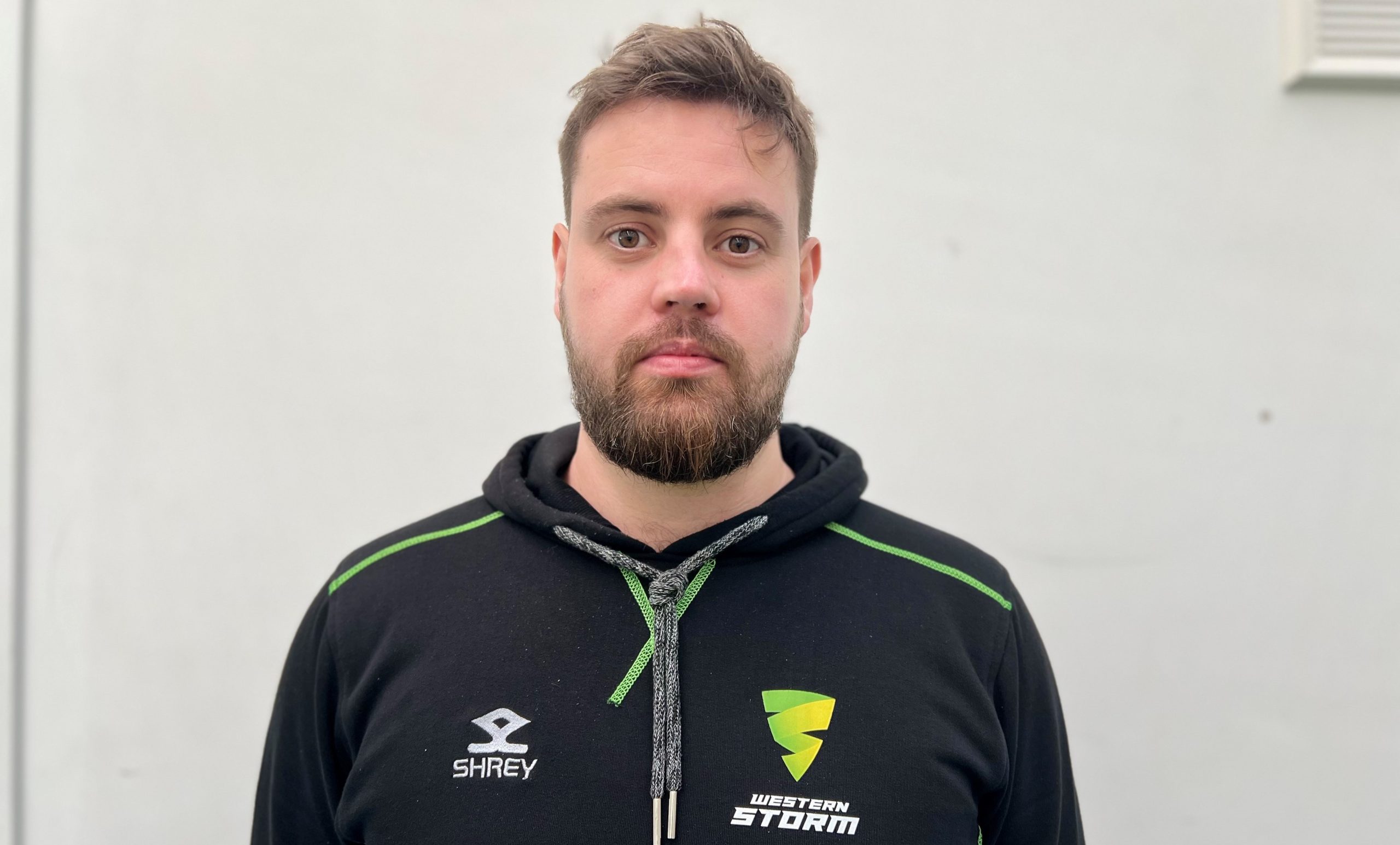Finding the best young talent – part two
For any team to be successful, it’s vital that the best young local talent is nurtured and developed.
For Western Storm, that is the responsibility of Tom Jenkinson and Ethan Harris, the team’s Regional Talent Managers.
Ethan is responsible for managing the south of the region, and we talked to him recently about the role.
“The goal for any Pathway is to create an over-supply of cricketers for the senior team,” he explained. “That has to be our main aim, but it’s slightly different within the women’s game at the moment. Because the game is still in its infancy, we have a responsibility to grow the game and the love of the game. We need to make sure that the people who have interactions with cricket through Western Storm leave really loving the game and becoming better players as a result. It’s also really important for us to continue to improve the strength of the relationships between Western Storm and the counties within the region.”
How important are those relationships with the region’s counties?
“It’s vital that we have strong relationships with the counties. The players spend a huge amount of time with their counties and clubs, and that’s where their love of the game started. These counties will have more in depth knowledge of a player when they first come on to our programmes, so it’s key that we all come together to support that player. It also helps to create a clarity of message which in turn helps to ensure that plans are mirrored across all environments.
“We have great relationships with our county partners across the South West and Wales. The people we are working with are passionate about every aspect of the game especially when it comes to their programmes for women and girls. We have hubs in each county, and from my perspective in the south of the region that’s Cornwall, Devon and Somerset, where our EPP girls train. In addition to that we go out to see the various county age groups and do some work with them. It’s important that we integrate ourselves into that system so that we aren’t strangers to these players. We need to be visible to the players. We go to a large amount of county age group games throughout the summer and make ourselves available to help and support the players and coaches.”
What attracted him to the job?
“I worked at Millfield School for three years as a bowling coach, and I also worked on the Somerset Pathway. When this position became available, I saw it as a great opportunity to get involved in the women and girl’s game, which is evolving and expanding at a rapid rate.”
How important is it to ensure that there is connectivity between the Pathway players and the professional squad?
“Our environment is so welcoming and the girls on the Academy get to train alongside the pros at times. That gives them a real understanding of what the next level looks like. The flipside of that is that the pros get to spend time giving knowledge back to the girls. Our pros are extremely generous with their time and knowledge, and it’s great to see that connection.
“With women’s professional cricket being relatively new, the stories of the players who have gone before the current crop are more relevant than ever. If you look as someone like Sophie Luff for example, she has had to fight to get to where she is on her cricket journey. Within that journey there’s a really powerful story for the younger girls to look up to. The players like that who have had to carve out a career for themselves are so important when it comes to helping the young players understand their own journey as well.”
Has Ethan been impressed with the standard?
“The standard is very high,” he said. “Some of the skills that the girls have got are very impressive, as is the way that they push themselves to learn about different aspects of the game. That’s really exciting to see.”
At such an exciting time for the women’s game, how can we ensure that the current crop of players make the most of their opportunities?
“The girls with contracts have done an incredible job to push the game to where it currently is. The girls coming through now can push the game forward even further. It’s growing at such a rate now because the opportunities to train, play and evolve are increasing and I think that will change the way that the game is played year on year when it comes to the type of shots that are played and the type of games that you will see. Abilities will continue to improve and develop as the environments that they are immersed in continue to flourish.”












